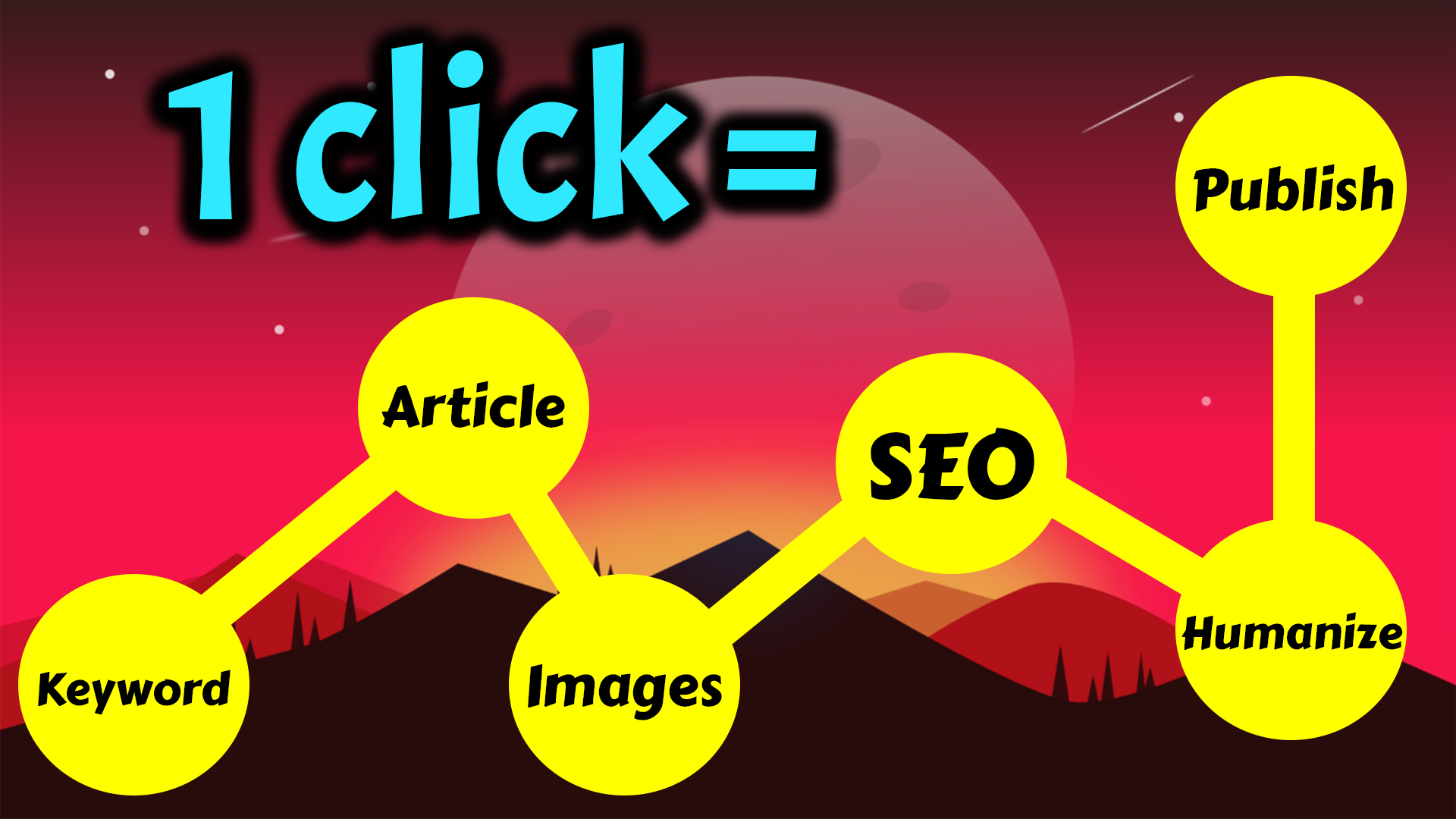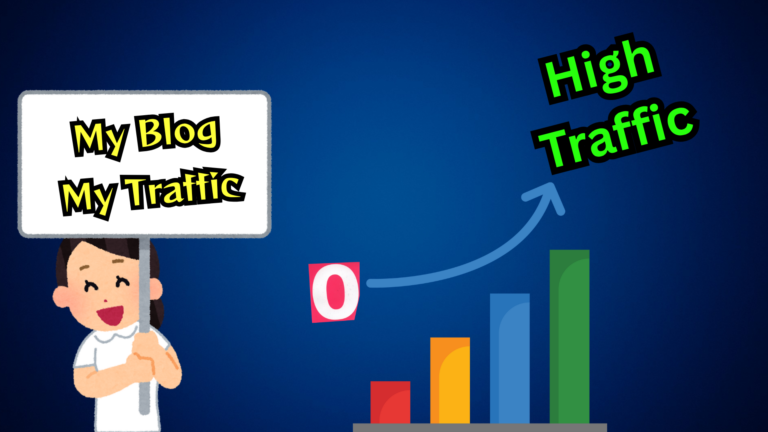I have developed an AI Blog Artice writer software that –
- Writes in-depth Article (1600-4000 words)
- Performs complete On-page SEO
- Directly published to website/blog
… everything in 1 click. And all these are achieved under 1 minute !
Here I have shared how I made it the best AI blog article writer software.
Complete Workflow Execution
PHASE 1: Client-Side Initialization & User Input
Step 1: Application Bootstrap
- Next.js 14 application loads with server-side rendering
- Authentication Layer (
client/app/dashboard-master-layout/layout.tsx)- Supabase authentication validates user session
- JWT tokens generated for API access
- User workspace and subscription data loaded
- Redux Store initialization manages application state
- Socket.io Client establishes real-time connection to server
Step 2: User Interface & Input Capture
- Dashboard Interface (
client/components/ui/Dashboard/DashboardContent.tsx)- User enters target keyword in input field
handleKeywordChange()updates Redux state- Brand voice instructions and additional preferences
- YouTube URL for video-based article generation
Step 3: Input Validation & Trigger
- Client-Side Validation
- Keyword presence validation
- YouTube URL format validation (if provided)
- User settings and preferences collection
- Generation Trigger (
handleGenerateClick())- Collects all user inputs and preferences
- Prepares API request payload
- Initiates loading state and progress tracking
PHASE 2: Server-Side Request Processing
Step 4: API Gateway & Authentication
- Express.js Route Handler (
server/src/routes/api/v1/article.route.js)- Receives POST request to
/api/v1/articles/generate - JWT Authentication middleware validates token
- Joi Schema Validation ensures request structure
- Rate Limiting prevents API abuse
- Receives POST request to
Step 5: Credit System & Balance Validation
- Account Balance Check (
server/src/controllers/helper/AccountBalanceHelper.js)getCurrentBalance()queries user credit balance- Validates sufficient credits for article generation
- Implements credit deduction mechanism
- Returns insufficient balance error if needed
Step 6: Workflow Orchestration Setup
- Controller Initialization (
server/src/controllers/article.controller.js)generateArticleBasedOnInputSource()orchestrates entire pipeline- Sets up global variables and user context
- Initializes real-time notification system
- Prepares parallel processing queues
PHASE 3: AI-Powered Content Intelligence
Step 7: Market Research & Context Gathering
- Google Search Intelligence (
server/src/services/crawler/GoogleClient.js)searchGoogleByKeyPhrase()queries Google Custom Search API- Retrieves top 10 relevant articles for competitive analysis
- Extracts meta descriptions, titles, and content snippets
- Filters and prioritizes authoritative sources
- Real-time Progress: “Analyzing keywords” notification
Step 8: YouTube Content Processing
- Video Analysis Pipeline (
server/src/services/youtubeTranscript.service.js)extractTranscript()fetches video transcript via custom APIextractVideoId()parses YouTube URL format- Processes transcript for content extraction
- Real-time Progress: “Processing video content” notification
Step 9: AI Article Generation
- GPT-4o-mini Content Creation (
server/src/utils/ai/GPTmodelInteraction.js)writeArticle()orchestrates AI content generation- System Persona: Expert article writer with SEO focus
- Context Injection: Google search results + user keyword + transcript
- Structured Output: JSON format with headline, sections, meta description
- Token Optimization: 5000 max tokens, 0.7 temperature for creativity
- Real-time Progress: “Writing article sections” notification
PHASE 4: Content Enhancement & Expansion
Step 10: Parallel Section Expansion
- AI Section Enhancement (
expandArticleBody())- Parallel Processing:
Promise.all()expands all sections simultaneously - Performance Gain: 70% faster than sequential processing
- AI Instructions: 20% content expansion with SEO optimization
- Quality Control: Keyword density management and readability
- Real-time Progress: “Enhancing content depth” notification
- Parallel Processing:
Step 11: SEO Optimization
- Slug Generation (
generateSlug())- Creates SEO-friendly URL slugs from headline and keywords
- Validates uniqueness against WordPress site
- Meta Data Enhancement
- Optimizes meta descriptions for search engines
- Generates SEO-focused titles and headers
- Real-time Progress: “Optimizing for search engines” notification
PHASE 5: Intelligent Visual Content
Step 12: Parallel Image Processing
- Pexels AI Image Pipeline (
server/src/utils/ai/imgSearch.js)- Keyword Extraction:
extractKeyPhrase()analyzes each section - Parallel API Calls: All sections processed simultaneously
- Smart Search:
fetchPexelsImages()queries Pexels stock photos - AI Selection: GPT model chooses best image using alt-text analysis
- SEO Metadata Generation: Auto-creates optimized alt tags, titles, captions
- Real-time Progress: “Searching images” → “Analyzing images with AI” notifications
- Keyword Extraction:
Step 13: Video Content Integration
- YouTube Video Search (
searchYouTubeVideos())- Searches relevant videos by keyword using YouTube Data API v3
- Filters videos by duration (>180 seconds for quality content)
- Selects best match based on title and description relevance
- Real-time Progress: “Finding relevant videos” notification
PHASE 6: Content Assembly & Link Enhancement
Step 14: Internal Linking Intelligence
- WordPress Site Analysis (
server/src/services/crawler/InternalLinker.js)findInternalLinks()searches existing WordPress contentextractKeywords()identifies linkable keywords in articleembedInternalLinks()strategically places internal links- AI Matching: Intelligent keyword-to-content matching
- Real-time Progress: “Building internal link structure” notification
Step 15: External Link Processing
- Link Quality Assurance (
server/src/utils/urlProcessor.js)purgeAiAddedExternalLinks()removes low-quality external linksensureExternalLinkInsertion()adds high-authority external references- Security Attributes: Adds
rel="noopener noreferrer"andtarget="_blank" - Real-time Progress: “Validating external links” notification
Step 16: Final Content Assembly
- Section Integration (
processArticleBody())- Image Placement: Strategic insertion at section tops and content splits
- Video Embedding: WordPress-compatible iframe generation
- Content Formatting: HTML structure optimization
- Quality Validation: JSON parsing and HTML sanitization
- Real-time Progress: “Finalizing article structure” notification
PHASE 7: Response & Client-Side Rendering
Step 17: Server Response
- Credit Deduction (
deductCredits())- Deducts article generation cost from user balance
- Updates transaction history
- Activity Logging (
saveArticleGenLog())- Records generation metadata for audit trail
- Tracks performance metrics and costs
- Complete Response sent to client with article data and featured image
Step 18: Client-Side Article Display
- Redux State Update (
articleSlice.ts)setArticle()updates application state with generated content- Clears loading states and user preferences
- Real-time Completion (
useSocket.ts)- Socket.io receives “COMPLETED” status
- Updates UI with success notification
- Clears progress indicators
Step 19: WordPress Publishing
- Client-Side Publishing (
client/app/services/WordpressApiService.ts)postArticleToWordpress()handles WordPress REST API integration- Featured Image Upload: Uploads and sets featured image
- SEO Plugin Integration: Yoast SEO and RankMath metadata injection
- Category Management: Auto-categorization and tagging
- Scheduling Support: Timezone-aware publishing dates
PHASE 8: AutoPilot Automation System
Step 20: Autonomous Keyword Strategy
- AI Content Planning (
server/src/controllers/helper/AutoPilotHelper.js)generateKeywordsFromOpenAI()creates comprehensive keyword strategies- Cluster Generation: Creates 5 topic clusters from blog description
- Sub-cluster Creation: 8 sub-clusters per main cluster
- Keyword Generation: 10 long-tail keywords per sub-cluster
- Deduplication: AI-powered removal of keyword cannibalization
Step 21: Autonomous Execution
- Scheduling Engine (
server/src/services/auto_blogging/triggerAutoPilot.js)executeAutoPilot()manages autonomous article generation- Round-robin Scheduling: Redis-based fair distribution across users
- Timezone Intelligence: Respects user publishing preferences
- Error Handling: Retry logic with exponential backoff
- State Management: Tracks keyword processing status
Step 22: Autonomous Publishing
- Full Pipeline Execution (
generateArticleForAutoPilot())- Runs complete generation workflow autonomously
- WordPress Integration: Direct publishing to WordPress
- Quality Assurance: Same quality controls as manual generation
- Performance Monitoring: Tracks success rates and errors
Technical Architecture Excellence
Performance Optimizations
- Parallel Processing: Simultaneous AI calls reduce generation time by 70%
- Async/Await Patterns: Non-blocking I/O throughout the pipeline
- Connection Pooling: Efficient API resource management
- Smart Caching: Reduces redundant AI requests and costs
Enterprise Features
- Multi-tenant Architecture: Workspace isolation for scalability
- Credit System: Usage tracking with Stripe integration
- Activity Logging: Comprehensive audit trails with Winston
- Rate Limiting: API protection and abuse prevention
- Error Boundaries: Graceful degradation strategies
AI Cost Optimization
- Token Tracking: Real-time API cost monitoring
- Model Selection: GPT-4o-mini reduces costs by 16x compared to GPT-4 (2025 pricing)
- Prompt Engineering: Optimized prompts for maximum efficiency
- Smart Batching: Parallel processing reduces API overhead
Business Value of Nany Article
For Content Marketers
- 95% Time Reduction: From hours to 1 minute per article
- SEO Optimization: Built-in keyword density and meta optimization
- Visual Content: Automatic image selection and optimization
- Scalability: AutoPilot can generate hundreds of articles autonomously
For Agencies
- Client Scalability: Multi-tenant architecture supports unlimited clients
- White-label Ready: Customizable branding and workflow
- Cost Efficiency: AI automation reduces human resource requirements
- Quality Consistency: Standardized quality across all content
For Enterprises
- Content Calendar Automation: AI-driven content planning and scheduling
- Brand Voice Consistency: Customizable AI instructions per brand
- Performance Analytics: Built-in tracking and optimization
- WordPress Integration: Seamless CMS publishing workflow
Technology Stack & Integration Points
Frontend Architecture
- React 18 with TypeScript for type safety
- Next.js 14 with SSR/SSG for performance
- Redux Toolkit for predictable state management
- Socket.io Client for real-time user experience
- Tailwind CSS + Material-UI for professional UI
Backend Architecture
- Node.js + Express.js for scalable API services
- Socket.io for real-time communication
- JWT Authentication with Supabase integration
- Winston Logging for comprehensive monitoring
- PM2 for production process management
AI & External APIs
- OpenAI GPT-4o-mini for content generation
- Google Custom Search API for market research
- Pexels API for stock photography
- YouTube Data API v3 for video content
- WordPress REST API for publishing automation
DevOps & Infrastructure
- Docker containerization for deployment
- Redis for caching and session management
- Jest testing framework for quality assurance
- ESLint/Prettier for code quality standards
Deployment & Scaling Considerations
How to Recreate This System
- Frontend Setup
- Initialize Next.js 14 project with TypeScript
- Configure Redux store with RTK Query
- Implement Socket.io client for real-time updates
- Build component architecture with proper state management
- Backend Architecture
- Set up Express.js server with middleware stack
- Implement JWT authentication with Supabase
- Create modular service architecture for AI integrations
- Build Socket.io server for real-time communication
- AI Integration Pipeline
- Configure OpenAI API with proper prompt engineering
- Implement parallel processing for performance optimization
- Build intelligent image selection with Pexels integration
- Create YouTube content processing pipeline
- WordPress Integration
- Implement WordPress REST API client
- Build SEO plugin integration (Yoast/RankMath)
- Create media upload and management system
- Implement scheduling and publishing automation
- AutoPilot System
- Build AI-powered keyword strategy generator
- Implement Redis-based scheduling system
- Create autonomous article generation pipeline
- Build error handling and retry mechanisms
Performance Metrics & Success Indicators
- Generation Speed: 50-70 seconds per complete article (typically 1 minute)
- Parallel Processing: 70% faster than sequential execution
- SEO Optimization: Automatic keyword density and meta optimization
- Content Quality: AI-powered section expansion and enhancement
- Cost Efficiency: GPT-4o-mini reduces AI costs by 16x vs GPT-4 (2025 pricing)
- Automation Scale: AutoPilot can manage 1000+ articles per day
- WordPress Integration: One-click publishing with full SEO metadata

Creator of NanyBot. Currently serving as the Director of R&D at NanyBot.
Partho Protim is a versatile software engineer and visionary strategist in AI-driven content creation. With a proven record of transforming complex algorithms into powerful content tools, he empowers creators and brands to boost rankings and drive conversions. His clear, actionable insights simplify even the most intricate digital challenges. Trust Partho to guide you in using AI to create content that captivates audiences and delivers real results.
He has reverse-engineered top-ranking AI content systems, built proprietary frameworks from scratch, and consistently stays ahead of trends in SEO and generative tech. With a deep understanding of both algorithms and human psychology, Partho creates content strategies that not only rank—but resonate. Brands and founders across industries rely on his guidance to stay competitive in the AI era.



